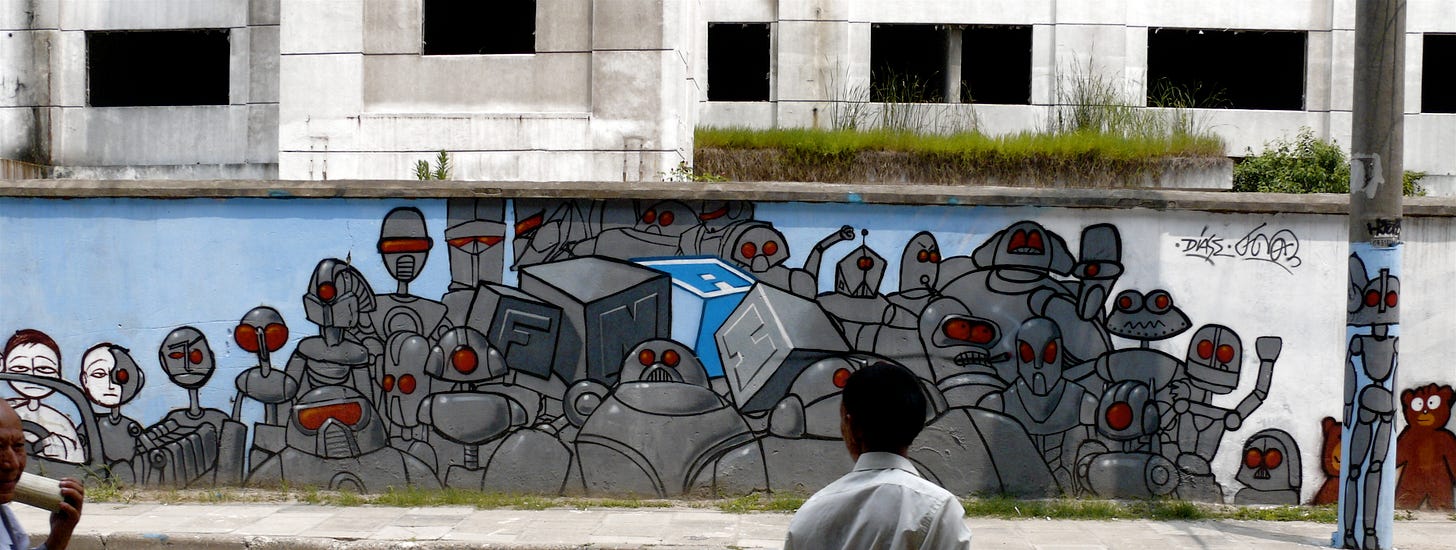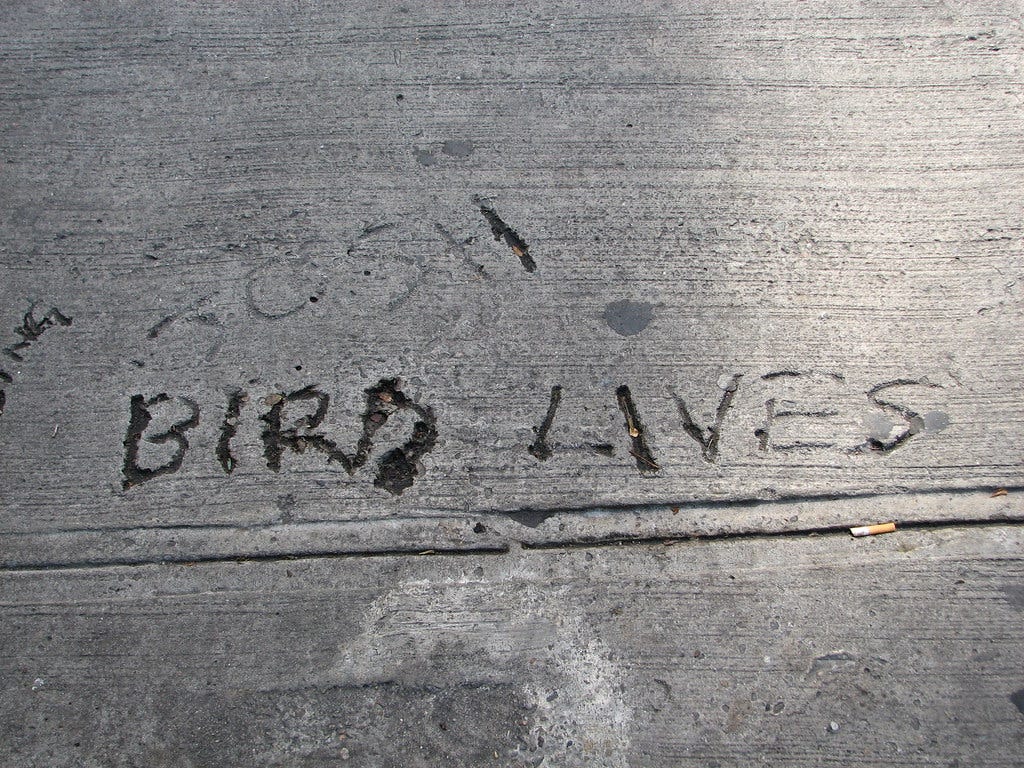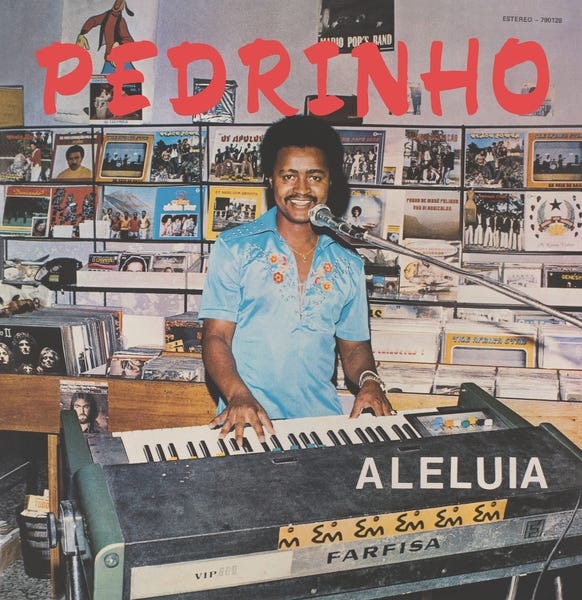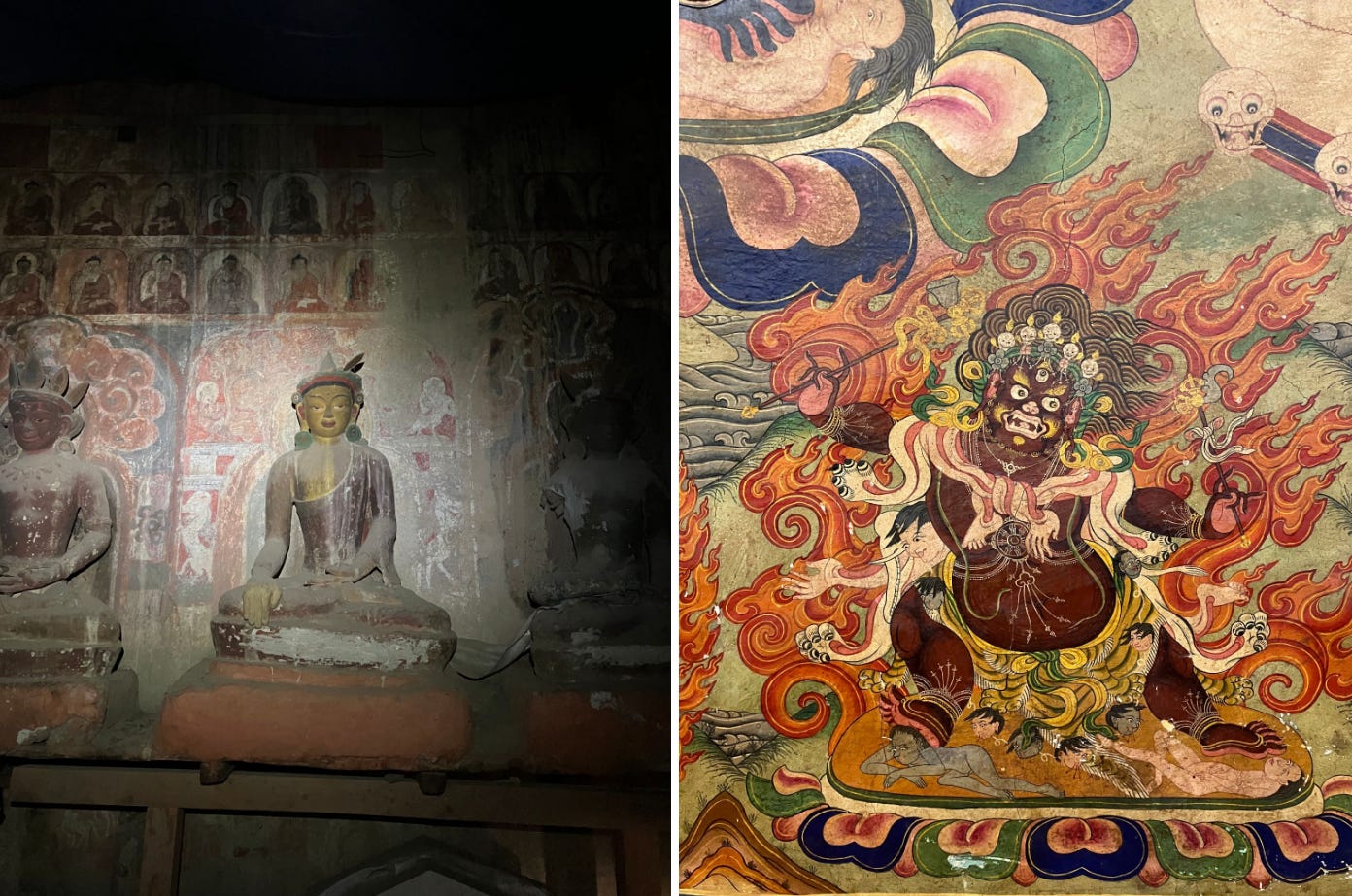The streets of the cities we never finished building
on punk DIY, Graffiti, and tagging your passport.
My first tag was in Bangkok (I write that as if I did more, but there was only one sad attempt). It was premeditated and illegal. It was sad because I couldn’t even come up with my own tag idea, I bought a book of pre fab stencil tags in the Hong Kong airport and used that….it was fast…..easy…..I am no artist and unashamed. There was a walking corridor that was going to open from the new airport in Bangkok to a new express train station. This was my blank canvas. I knew for years I wanted to try this and plotted over a few weeks of guiding trips in Myanmar knowing I would be returning to Bangkok. I stayed at the airport Novotel only for the fact that I wanted to tag this tunnel, I set my alarm for the middle of the night, awoke, put on a hoodie, and away I went into the steamy night. I tagged and I ran. The next morning it was already gone but that didn’t matter, I had done the deed and coursed it out of my system.
But there was a quality to the act of tagging that I was familiar with. I had felt the same when surfing, biking, motorcycling, hiking, traveling. There was an activity that was really just a venue to get me out of my comfort zone and into another place that I normally would not be in. I would normally not wake up in the middle of the night and go walking through tunnels of Bangkok, but doing this activity forced me into that place and it was exciting. That energy translates into the art. When you see a wall painted in a city, you can picture the people who painted it, looking over their shoulders, plotting when and where, working out the lines. Not that all street art is illicit.
The economic panic of 1873 in the USA led to a generation looking for work along the railroad lines being built from the Atlantic coast to the Pacific. A similar situation happened in the late 1920’s with the stock market crash and the depression. In those time periods there were wandering workers who illegally rode the rails to get from one seasonal job to another. They were colloquially called Hobos. Usually solitary but still connected by a common way of life, little symbols started to pop up on the outskirts of towns, written in chalk, names of Hobos and symbols sketched in chalk that told one if it was a safe town, a dry town, a dangerous town. Artistic communication.
During World War II an image started showing up on bombs, inside ships, on islands in the pacific and walls in Europe. A small bald headed face with a long nose over a ledge and the words “Kilroy was here” written close by. Its origin story is unknown. There are theories and ideas but it came bubbling out of the people morphing from other ideas.
Like the Blues and Jazz, street art found a home in the chaos of the Americas. You could argue that neanderthal cave drawings were the start, and perhaps so, but it really blew up when a handful of disgruntled youth in New York and Philadelphia decided to start expanding from doodles on a classroom desk to painting whole sides of trains tipping their collective hats to the hobos of the early 20th century; connecting motion, travel, time, the inevitability of fade and decay, and the secret illegal announcement that I am here, see my work. (Some even say the first New York modern graffiti popped up in direct connection to jazz when Charlie Parker died and fans wanted to remember him by writing “Bird Lives” on sidewalks and walls of the five Boroughs). If you dig to the start of art and cultural movements, not all, but some, begin by opportunity and necessity, lightning bolts and shipwrecks.
The summer of 1976 in southern California was plagued with drought. This made having a pool a difficult task and many pools were left empty. Combine this with winds blowing out the surf by 10am and you have a generation of surfers with nothing to do for hours in the afternoon and a plethora of empty pools to learn how to land surf on skateboards. It was the summer of Dog Town and Z boys and the birth of a certain style of thrasher skateboarding. A punk DIY-ness that bubbled out of heat and teenage angst.

1977: A lighting strike hit an electricity transmission line in New York City, causing the line’s circuit breaker to flip. Then a second lightning strike hit which began a chain reaction starting a two day power outage in New York city right as a new genre of music was beginning in the boroughs of the city; sampling and rapping over old beats from long lost records. The power outage led to pillaging of music stores and previously unattainable musical equipment (like expensive turntables) now were free to anyone with a brick and some attitude. Hip hop blossomed.
In 1968 a ship full of keyboards and synths (Moogs, Krogs, Farfisas,and Hammonds) left Baltimore heading to Brazil. The ship disappeared in a storm shortly after leaving. Three months later the ship wrecks on the São Nicolau island of Cape Verde with no one on board. The leader of the islands, Amílcar Cabral, commandeered the instruments and distributed them equally among the archipelago’s schools, allowing for priced out instruments to become available to a whole country eager to play forbidden music (forbidden because colonizers laws had been set up to rid the island of traditional songs and culture), and a whole music scene came from this, astro-Atlantic hypnotic synth funk and disco.
There is something loudly exciting that you can feel when you see a wall of painted city – or annoying depending on whom you ask – but something that is certainly immediate and which communicates. It is visceral, it is illicit, and it is somewhat unwanted but needed by a particular group, a community, a generation. It comes from the same place that skating, surfing, backpacking, garage bands and indie rock come from; an innocent do-it-yourself childlike yearning to be seen and to leave a mark that might, for a while, show the others around us that we are here. “Bird Lives!” Like a sandcastle that we build up just to smash, street art is put up, knowing that it quickly will fade, or be tagged over.
In the Himalaya there are ancient murals in caves and caverns, stories told through images and icons. Wrathful gods and morals taught through fading paint. The color schemes and styles trend and you can tell the age of a Buddha through the subtleties of the aesthetic.
Graffiti is temporal, there is an immediate shelf life once it is finished, it fades. In this way it reminds me of travel, as soon as you board a boat or a train or plane to come home, the place you are leaving continues to change, you continue to change, and the experience begins to fade into a place that can only be accessed through memory. The art of travel exists in the flash of now. It’s why subconsciously we have an impulse to say we “did” a place, past tense, behind us. We forget that the Paris of today is not the Paris of tomorrow or last year, that it is all constantly mixing and morphing. And we too are morphing and changing as we move through a place that is always just beginning, inventing itself again and again, is never exactly what you think it is, and will never stay that way for long.











